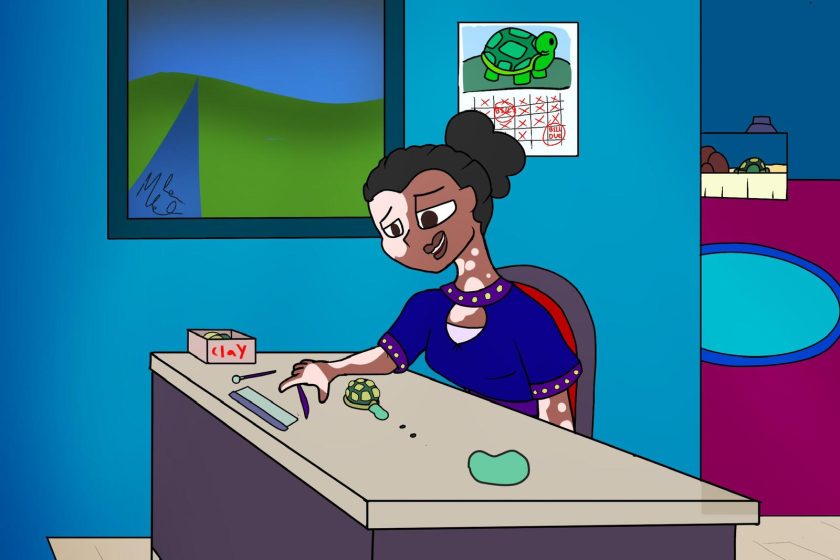Do you know how to manage work stress through creative hobbies?
In today’s demanding work environment, stress has become a common challenge for many professionals. Balancing deadlines, responsibilities, and personal life can lead to overwhelming feelings of anxiety and burnout. However, there is a highly effective and often overlooked solution: engaging in creative hobbies. This article explores how creative hobbies can be a powerful tool for managing work stress, offering a refreshing and productive way to unwind. By adopting these hobbies, individuals can achieve better mental health and overall well-being.
Understanding the Impact of Work Stress
Work stress is more than just a temporary discomfort; it can have serious implications for both physical and mental health. Chronic stress can lead to various issues such as fatigue, insomnia, headaches, and even long-term conditions like heart disease. Moreover, stress negatively impacts productivity, creativity, and job satisfaction, creating a vicious cycle that is hard to break. Recognizing the need for effective stress management is crucial for maintaining a healthy work-life balance.
The Role of Creative Hobbies in Stress Management
Creative hobbies offer a unique and fulfilling way to manage stress. Unlike passive activities, such as watching TV, creative hobbies engage the mind and body in a meaningful way, providing a sense of accomplishment and joy. These activities allow individuals to express themselves, explore new interests, and momentarily disconnect from work-related pressures. The therapeutic effects of creative hobbies are well-documented, with studies showing that they can reduce stress levels, enhance mood, and improve cognitive function.
Top Creative Hobbies for Managing Work Stress
- Painting and Drawing: Engaging in painting or drawing allows individuals to express their emotions visually, which can be incredibly soothing. Whether it’s using watercolors, oils, or simply sketching with pencils, the act of creating art helps to focus the mind and relieve stress. Even those without artistic experience can benefit from the meditative qualities of these activities.
- Writing and Journaling: Writing is a powerful outlet for processing thoughts and emotions. Whether it’s creative writing, poetry, or journaling, putting words on paper can help clarify feelings and reduce mental clutter. Journaling, in particular, is an excellent way to reflect on daily experiences, set goals, and track personal growth.
- Crafting: Engaging in crafts such as knitting, crocheting, or scrapbooking offers a tactile and rewarding way to de-stress. These activities require concentration and attention to detail, which can divert the mind from work-related worries. Additionally, the repetitive motions involved in many crafts are calming and can induce a state of relaxation.
- Music and Instrument Playing: Music has long been recognized for its therapeutic qualities. Playing an instrument or even listening to music can significantly lower stress levels. The act of creating music engages both the brain and the body, offering a complete sensory experience that helps to alleviate stress.
- Photography: Photography encourages individuals to see the world from different perspectives. It involves focusing on details, composition, and the beauty of the surroundings, which can be incredibly calming. Whether it’s nature photography, portrait photography, or even casual snapshots, capturing images can be a form of mindfulness that reduces stress.
- Gardening: Gardening is a highly rewarding hobby that connects individuals with nature. The physical activity involved, combined with the satisfaction of nurturing plants, provides a therapeutic escape from the demands of work. Gardening also offers the added benefit of fresh air and sunshine, which are natural stress relievers.
How to Incorporate Creative Hobbies into Your Routine
- Set Aside Time: The key to benefiting from creative hobbies is to make time for them regularly. Dedicate specific time slots in your weekly schedule for your chosen hobby, and treat it as a priority. Even 15-30 minutes a day can make a significant difference in managing stress.
- Start Small: If you’re new to creative hobbies, start with something simple and gradually build your skills. The goal is not to create a masterpiece but to enjoy the process and experience the mental relief it provides.
- Create a Relaxing Environment: Designate a space in your home where you can engage in your hobby without distractions. A quiet, comfortable environment will enhance the relaxation and enjoyment of your activity.
- Involve Others: Sharing your hobby with friends or joining a group can enhance the experience. Whether it’s a crafting circle, a writing club, or a photography group, engaging with others can provide additional support and motivation.
- Stay Consistent: Consistency is key to reaping the benefits of creative hobbies. Regular practice will help establish a routine that becomes a natural part of your stress management strategy.
The Long-Term Benefits of Creative Hobbies
Incorporating creative hobbies into your life offers long-term benefits that go beyond stress relief. These activities can enhance problem-solving skills, boost creativity in your work, and improve your overall mental health. Moreover, creative hobbies can lead to a greater sense of fulfillment and purpose, which positively impacts all areas of life.
Conclusion
Managing work stress through creative hobbies is a highly effective strategy that combines relaxation with personal growth. By engaging in activities that stimulate the mind and soul, individuals can find relief from the pressures of work and achieve a more balanced, fulfilling life. Whether it’s painting, writing, crafting, or gardening, the key is to find a hobby that resonates with you and make it a regular part of your routine. Embrace the power of creativity and discover how it can transform your approach to stress management and well-being.


